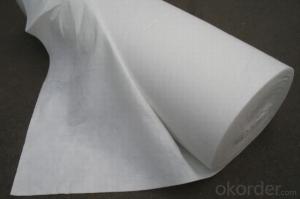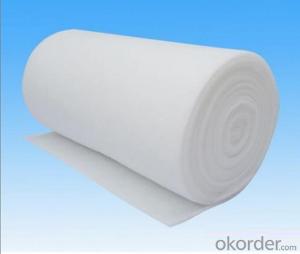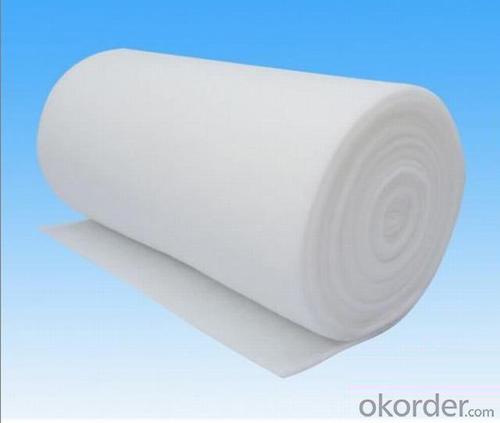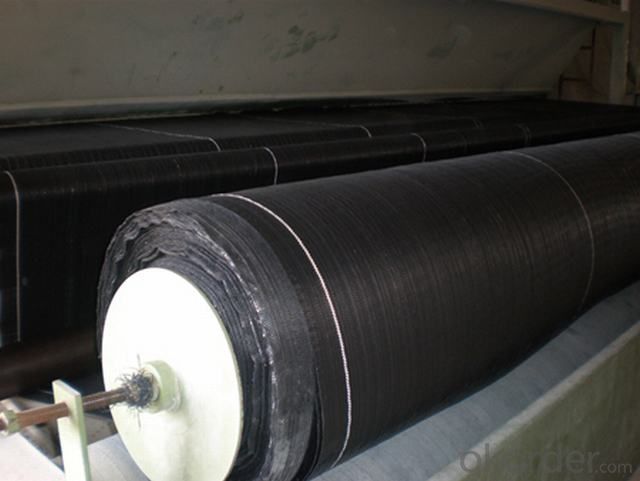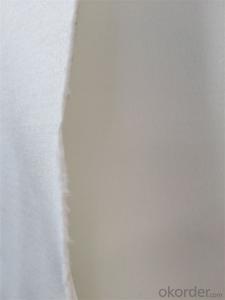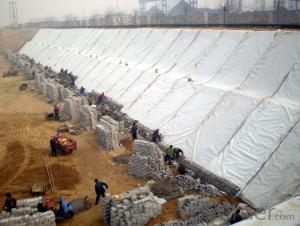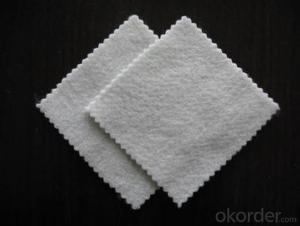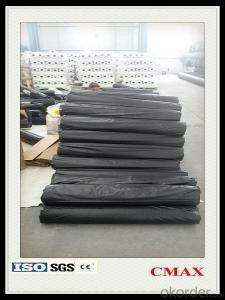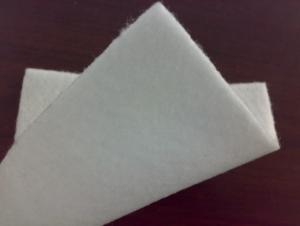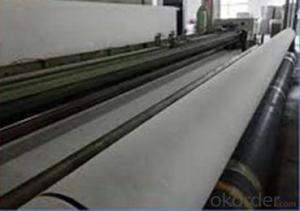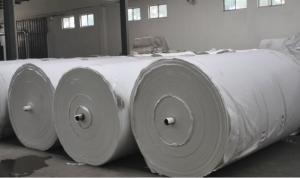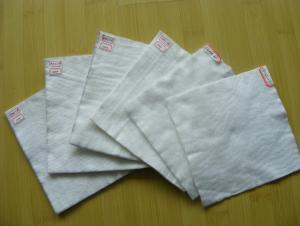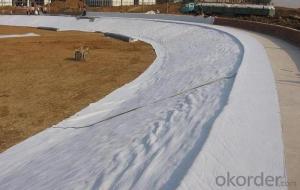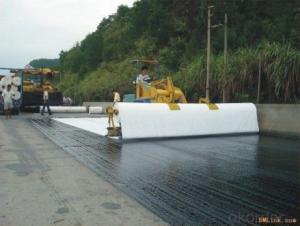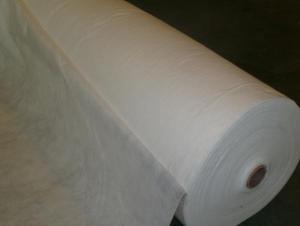Construction Geotextile - Needle Punched Polypropylene Nonwoven Geotextile for Coast Engineering
- Loading Port:
- Qingdao
- Payment Terms:
- TT or LC
- Min Order Qty:
- 20000 m²
- Supply Capability:
- 1500000 m²/month
OKorder Service Pledge
OKorder Financial Service
You Might Also Like
The Property of Needle Punched Polypropylene nonwoven Geotextile:
1.Color & Design can meet your needs of any kind
2.High degree of uniformity both on color & thickness
3.High thermostability
4.High gas permeability
5.High intensity & flexity
6.High color fastness & no fade
7.Phozy good & touch well
8.Anti-bacteria, moth-proof, anti-corrosion
9.Eco-friendly & biodegradable,reusable
Needle Punched Polypropylene nonwoven Geotextile:
| |
Technics | Needle Punched Nonwoven |
Material | 100% PET/cotton/PP/Viscose or customized |
Shape | Pre-cut sheet & Roll |
Production | 1,000 tons per month |
MOQ | 3tons |
Color & Design | any color & design as your requests |
Width | 0.1m-3.4m |
Gram Weight | 50g/sm - 1000g/sm |
Using Area | Agriculture, Health Care, Medical Treat, Package, Clothes, Car, Geotechnique& Building,etc |
Packing, Capacity and Delivery Time of Needle Punched Polypropylene nonwoven Geotextile: | |
Packing | Rolls in polybag with vacuum package or as customer request |
20' FT | 5-6 tons |
40' FT | 10-11tons |
40' HQ | 12-14 tons |
Terms of Payment: | T/T: 14 days after receive advance payment |
LC at sight: 14 days after receive conformed L/C | |
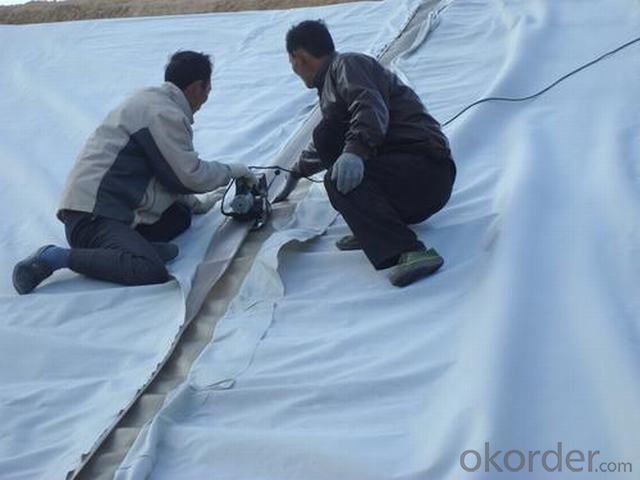
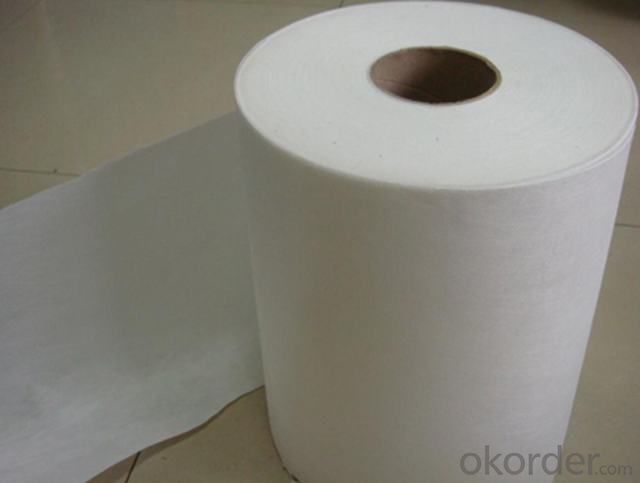
- Q: What is the coefficient of friction for nonwoven geotextiles? What is the coefficient of friction between rock and soil?
- My company specializes in the production of geotechnical materials, treat people with sincerity to ensure your satisfaction.
- Q: Is LDPE a geotextile or geomembrane? Answer!
- LDPE refers to the material, geomembrane LDPE material. Is a low-density poly-single-pole pole Li put pad lice bite of styrene made of geomembrane Huazhi geotextile material manufacturers
- Q: What is the difference in role of earth anchors and geotextiles in the construction of retaining wall?
- Geotextiles prevent the infiltration of the natural, insitu soil into sand or structural gravel that you may place as a foundation to the retaining wall. You can think of it as a membrane that keeps the two types of material of different densities, from gradually mixing together. A free standing retaining wall will likely not be successful as the pressure of the retained soil behind the wall will build up due to settlement, and eventually cause the wall to topple. Earth anchors that tie into the wall and extend into the backfill material (retained earth) serves to support the wall and keep it from failing.
- Q: What are the specifications for geotextiles in athletic field construction?
- The specifications for geotextiles in athletic field construction may vary depending on the specific requirements of the project. However, some common specifications include the material type, strength and durability, permeability, and installation requirements. Geotextiles used in athletic field construction should typically be made of high-quality synthetic materials like polypropylene or polyester, ensuring adequate strength and resistance to tearing, punctures, and UV degradation. The permeability of the geotextile is essential to allow for proper drainage and prevent water accumulation, which can affect the field's performance. Additionally, the installation requirements may include recommendations for overlap and seaming techniques to ensure proper integration with other field components.
- Q: What are the different geotextile erosion control products available in the market?
- There are several geotextile erosion control products available in the market, including geotextile mats, geotextile tubes, geotextile blankets, and geotextile grids. These products are designed to prevent soil erosion by providing stability, filtration, and reinforcement to the soil. Geotextile mats are typically used for slope stabilization, while geotextile tubes are commonly used for shoreline protection and dewatering applications. Geotextile blankets are used for erosion control on steep slopes and channels, and geotextile grids are often used for soil stabilization in areas with heavy traffic or high loads.
- Q: What is the consequence of the geotextile of the ground floor
- What are the consequences of what can not be finalized, the first roof of the waterproof layer and waterproof protective layer is very important, this is the first barrier, imagine, now many of the green plants are large trees, grow 10 years or even 20 years After the roots will be very developed, think about how the pine trees on the tenacious know their strength, coupled with long-term erosion by the water, the concrete layer will gradually lose its ideal performance, barrier layer and drainage board will certainly be better To protect the role and drainage. So to speak, long-term vision of the words must be solidly do every layer, only focus on economic interests and short-term effects, then, within a few years will not be any problem.
- Q: What are the environmental impacts of geotextile production?
- The environmental impacts of geotextile production include energy consumption, greenhouse gas emissions, and potential waste generation. The manufacturing process of geotextiles requires significant energy input, often sourced from fossil fuels, leading to the release of greenhouse gases. Additionally, the extraction and processing of raw materials for geotextiles can have adverse effects on ecosystems, including habitat destruction and soil degradation. Waste generation is another concern, as the production process may generate non-recyclable or non-biodegradable waste materials. However, the use of geotextiles in various applications can also have positive environmental impacts, such as reducing soil erosion and promoting sustainable land management practices.
- Q: Geotextile effect
- First, the drainage effect: polyester staple acupuncture geotextile has a good water conductivity, it can form a drainage channel within the soil, the soil structure of the excess liquid and gas efflux. Second, the role of contraction: When the water from the fine soil into the coarse soil layer, the use of polyester staple acupuncture geotextile good permeability and water permeability, so that water through, and effectively carrying soil particles, sand , Small stone, etc., in order to maintain the stability of soil and water engineering. Third, the isolation role: the use of polyester staple acupuncture geotextile with different physical properties of the building materials to isolate. So that two or more materials are not lost, not mixed, to maintain the overall structure and function of the material, so that the building capacity to enhance the capacity. Fourth, the role of puncture: and geomembrane combined into a composite waterproof impermeable material, play the role of anti-puncture. High tensile strength, good permeability, breathable properties, high temperature resistance, anti-freeze, anti-aging, corrosion-resistant, not moth-eaten. Polyester staple acupuncture geotextile is a widely used geosynthetics.
- Q: How do geotextiles contribute to green building certifications?
- Geotextiles contribute to green building certifications by promoting sustainable construction practices. These specialized fabrics are used to enhance soil stability, control erosion, and manage stormwater runoff, resulting in improved site conditions and reduced environmental impacts. By incorporating geotextiles, construction projects can meet various criteria for green building certifications, such as water efficiency, site development, and erosion control, ultimately contributing to more sustainable and environmentally-friendly structures.
- Q: Geotextile how the weight of how many meters
- Cut with a pair of scissors 1 square meters, and then weighed, the total weight ÷ weight per square meter ÷ geotextile width = length meter (because the weight of geotextile deviation, the calculation results can only be roughly the same, not subject)
Send your message to us
Construction Geotextile - Needle Punched Polypropylene Nonwoven Geotextile for Coast Engineering
- Loading Port:
- Qingdao
- Payment Terms:
- TT or LC
- Min Order Qty:
- 20000 m²
- Supply Capability:
- 1500000 m²/month
OKorder Service Pledge
OKorder Financial Service
Similar products
Hot products
Hot Searches
Related keywords
